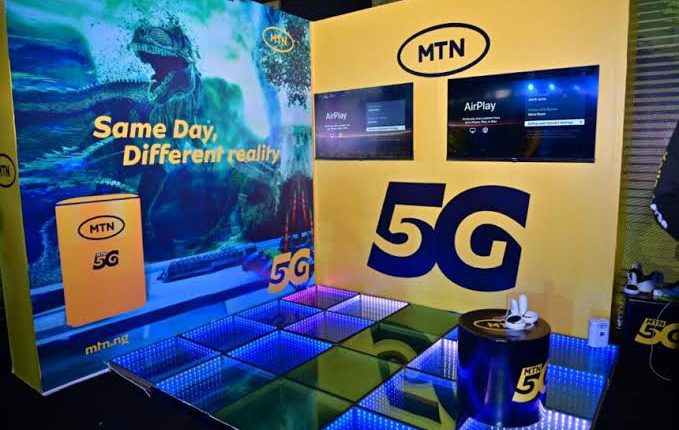MTN Zambia has commercially launched the fifth-generation network in Zambia; becoming the first mobile operator to deploy the technology commercially in the Southern African nation. The commercial launch is coming after an 11-months long trial period which enabled some consumers to access the fast-paced internet speed.
What they are saying
MTN Zambia CEO Bart Hofker said “MTN’s 5G services had been activated to cover about 65% of the population in the cities of Lusaka, Kitwe and Ndola as well as parts of Chingola, Solwezi and Kalumbila.” He added that they “plan to reach 100% 5G coverage in Lusaka, Kitwe and Ndola by the middle of 2023, while gradually expanding the 5G network to other locations.”
Why it matters
The launch of the fifth-generation network would increase the capacity to encourage investment, expand the delivery of telecom service, and improve the quality of electronic communication services for consumers in the country.
By the numbers
Data shows that just 4.5 percent of the 18.38 million (2020) people in Zambia were using 4G as of December 2021 while the greater number of people (66.5 percent) were using 3G and 29 percent were still using 2G.
Therefore, projections are that with the launch of the 5G network, the number of people using the 4G network would grow to 34 percent by 2025 while 3G users will depreciate to 53 percent and 2G to just 12 percent. Meanwhile, 5G users might just be around 1 percent in 2025.
African scope
With the successful launch of the 5G service in Zambia, MTN marks the group’s third operation in Africa, after similar launches in South Africa and Nigeria.
- Zambia now joins a growing list of African nations that have launched commercial 5G services including South Africa, Kenya, Botswana, Zimbabwe, and Nigeria.
- A special report has revealed that 3G still dominates Africa’s internet because smartphone penetration is not high enough.
- On a general note, 5G enabled devices are not affordable enough for many Africans. A study in Kenya showed that 94 percent of its population owns devices that cost about $200 or less, while the cheapest 5G devices cost $300 and more.

